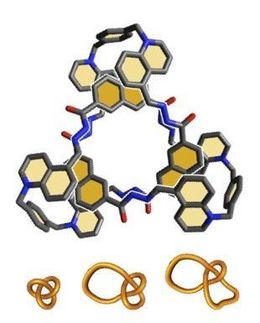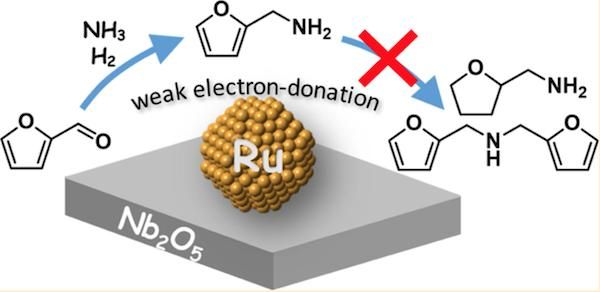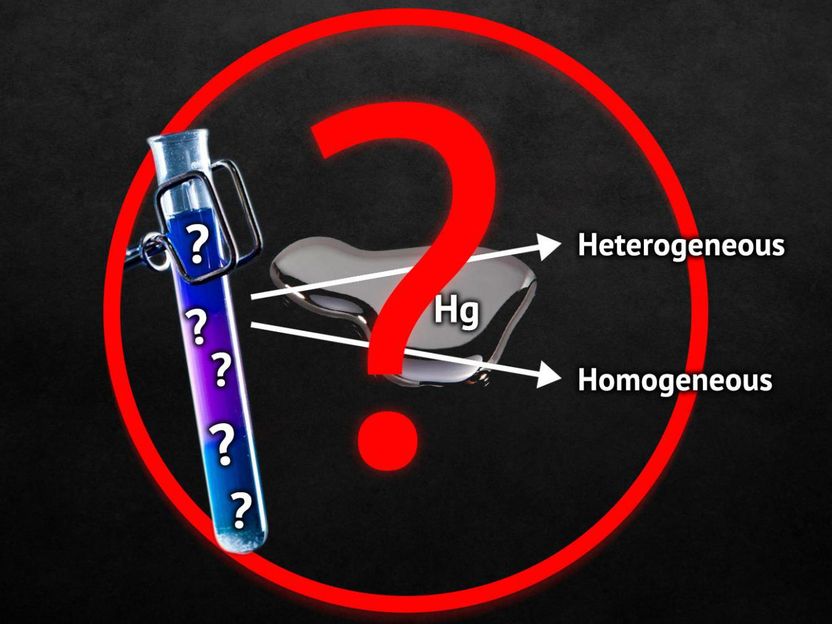Self-assembly approach to engineer nanoscale metamaterials
A research team has developed a novel self-assembly approach to fabricate nanoscale metamaterials made of metallic nanopillars in oxide matrices. This method enables control over the density, size, and alignment of nanopillars instead of a random distribution of particles in the oxide matrix. This control opens new possibilities for large scale, reliable development of nanoscale photonic materials that enhance light-matter interactions at the nanoscale for novel applications.

Schema of a self-assembled metamaterial
LANL
Significance of the work
Metamaterials are engineered to have a property that is not found in nature. They are made from assemblies of multiple elements fashioned from composite materials. The materials are usually arranged in repeating patterns, at scales that are smaller than the wavelengths of the phenomena they influence. Metamaterials derive their properties from their designed structures rather than the properties of the base materials.
These new materials exhibit exotic optical properties that have potential promising applications, such as super-resolution imaging, cloaking, hyperbolic propagation, and ultrafast phase velocities. Bottom-up template-assisted electroplating and top-down nanofabrication techniques have been examined to create these materials. However, most metamaterials require costly and tedious fabrication techniques with limited paths toward reliable large-scale production. This limits the applicability of the materials for useful applications.
The team developed a drastically different approach to fabricate large area nanostructured metamaterials. The one-step self-assembly process uses a pulsed laser deposition method to fabricate the nanoscale metamaterials. The researchers created films with vertically aligned gold nanopillars (approximately 20 nm in diameter) embedded in metal oxide matrices. Compared with other fabrication techniques, this self-assembly method enables control over the density, size, and alignment of the nanopillars. The nanomaterials have the same crystal structure as the underlying substrate. The results suggest that self-assembled metal-oxide nanostructures could be a promising new material platform to control and enhance optical response at nanometer scales for a variety of useful applications.
Achievements
The researchers discovered that the density of self-assembled gold nanopillars in the vertically aligned nanocomposite films could be easily tailored by controlling the content of gold in the composite target for the laser. The investigators determined the formation mechanism of the self-assembled structures. Gold atoms diffuse and nucleate as islands, while oxide atoms nucleate to form the overall matrix via layer-by-layer growth. After the initial nucleation, the gold and metal oxide atoms further diffuse and grow in the form of gold nanopillars embedded in a metal oxide matrix. The unique gold nanopillar-oxide matrix nanocomposite structure forms through the film thickness. Characterization measurements supported by full-wave simulations and theory demonstrated the unidirectional optical properties of the metamaterials. The team’s model predicted exotic properties, such as zero permittivity responses and topological transitions, which could enable useful applications.
Original publication
Leigang Li, Liuyang Sun, Juan Sebastian Gomez-Diaz, Nicki L. Hogan, Ping Lu, Fauzia Khatkhatay, Wenrui Zhang, Jie Jian, Jijie Huang, Qing Su, Meng Fan, Clement Jacob, Jin Li, Xinghang Zhang, Quanxi Jia, Matthew Sheldon, Andrea Alù, Xiaoqin Li, and Haiyan Wang; "Self-Assembled Epitaxial Au–Oxide Vertically Aligned Nanocomposites for Nanoscale Metamaterials"; Nano Letters; 2016
Other news from the department science
Most read news
More news from our other portals
See the theme worlds for related content
Topic World Chromatography
Chromatography enables us to separate, identify and thus understand complex substances. Whether in the food industry, pharmaceutical research or environmental analysis - chromatography opens up a treasure trove of information about the composition and quality of our samples. Discover the fascinating world of chromatography!

Topic World Chromatography
Chromatography enables us to separate, identify and thus understand complex substances. Whether in the food industry, pharmaceutical research or environmental analysis - chromatography opens up a treasure trove of information about the composition and quality of our samples. Discover the fascinating world of chromatography!






























































